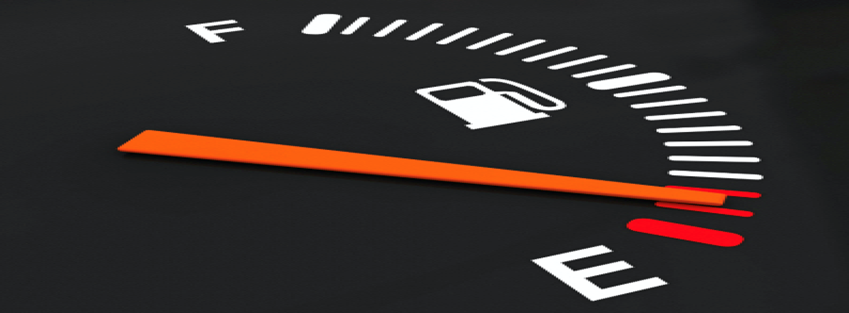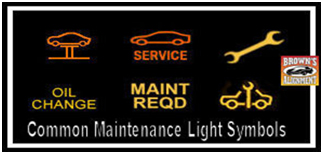by Rich Ellis
3 Ways Low Fuel Levels Can Damage Your Vehicle
- Water in the tank. There’s probably some water at the bottom of your vehicle’s fuel tank, either from condensation in the tank or at the gas station’s storage tanks. Usually this isn’t a problem, unless there’s a lot of water AND low fuel levels. That’s when the water can enter the fuel lines and engine, resulting in poor engine performance. The problem is compounded when temperatures fall significantly below freezing, the water freezes, and the vehicle won’t run.
- Fuel pump damage from debris. Every gas tank will build up some contaminants over time. That debris also sits at the tank’s bottom where it usually doesn’t cause any problems – unless you consistently drive with low fuel levels. Doing so increases the likelihood the debris will enter and damage the fuel pump, or clog the fuel filter – either of which will result in mechanical problems.
- Catalytic converter damage. Running low on or completely out of fuel can also damage your vehicle’s catalytic convertor(s). These exhaust-cleaning devices with their precious metals are sensitive, and expensive to replace.
The Danger to You. Knowing How Far You Can Go.
While running low on or out of fuel can hurt your wallet, the greater danger is to a driver’s wellbeing. Being stranded is dangerous regardless of where it happens. Adding to the physical danger is the mental stress of worrying whether you’ll run out of fuel before reaching your destination.
So – how far can you go when that light comes on? It depends. Vehicle make, driving conditions and driving styles all are part of the equation. Below are examples of the fuel remaining when that dreaded light illuminates, and how far you might go.
Dodge Ram 1500 – 3 gallons, 63 – 87 miles
Toyota Camry – 2.6 gallons, 65 – 91 miles
Nissan Rogue – 3 gallons, 78 – 99 miles
GMC Sierra Denali – 4 gallons, 64 – 92 miles
Driving conditions – such a stop-and-go traffic or uphill climbs – affect the remaining fuel mileage, as does high-speed driving or sudden accelerations from a stop.
The best strategy to avoid damaging your vehicle and psyche is to follow the example of airplane pilots who are governed by law when it comes to fuel levels – always arrive with a predetermined fuel reserve. Instead of waiting for the low fuel light, choose instead to fill up as soon as the fuel gauge indicates a quarter of a tank remains. Your vehicle, and physical and mental health will benefit in the long run.


